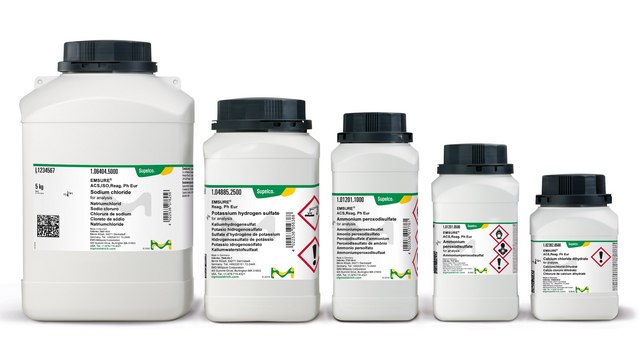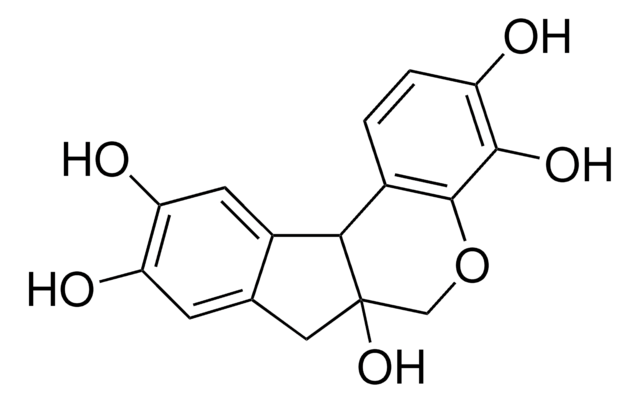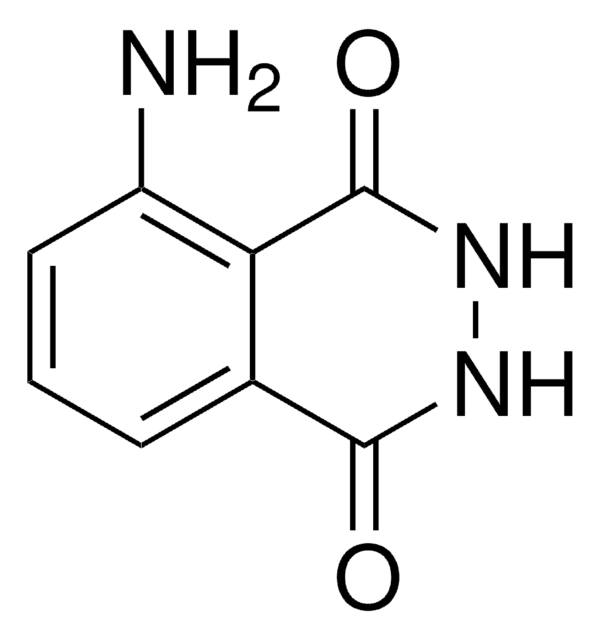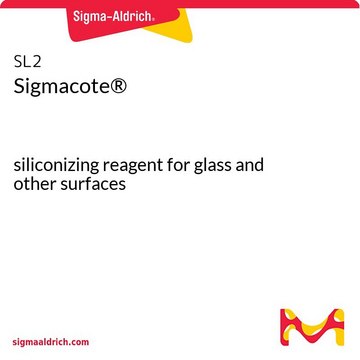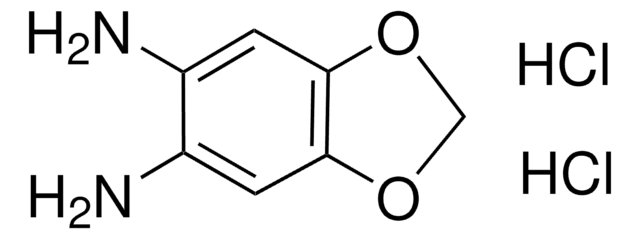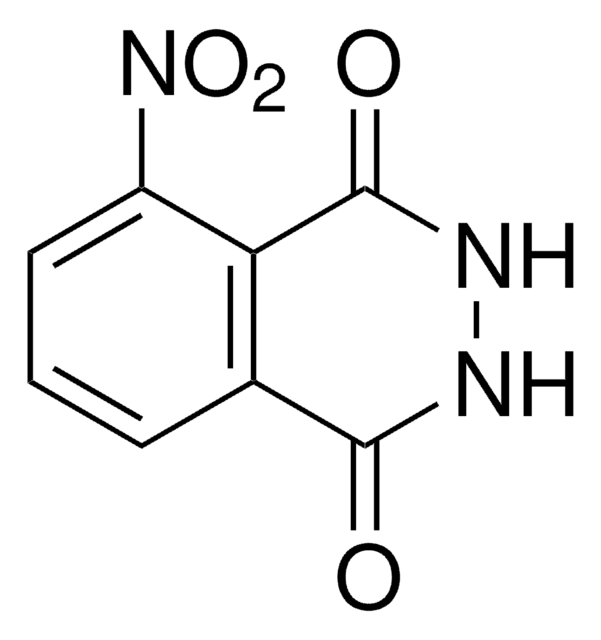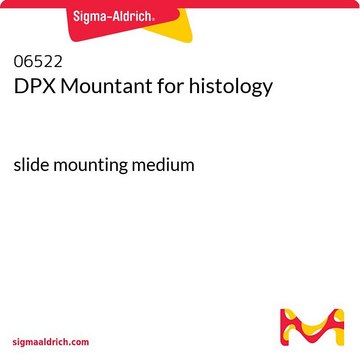157953
Sodium hydrosulfite
technical grade
Synonym(s):
Sodium hypodisulfite
About This Item
Recommended Products
grade
technical grade
Quality Level
Assay
≥82.5% (iodometric)
form
powder
pH
7-9 (20 °C, 50 g/L)
solubility
water: soluble(lit.)
cation traces
heavy metals: ≤0.002%
storage temp.
room temp
SMILES string
[Na+].[Na+].[O-]S(=O)S([O-])=O
InChI
1S/2Na.H2O4S2/c;;1-5(2)6(3)4/h;;(H,1,2)(H,3,4)/q2*+1;/p-2
InChI key
JVBXVOWTABLYPX-UHFFFAOYSA-L
Looking for similar products? Visit Product Comparison Guide
General description
Application
Sodium hydrosulfite has been used as a fluorescent quenching agent in the encapsulation of polynucleotides via production of asymmetric nanoparticles. It has also be used in the form of buffer for the elution of probe labelled proteins involved in the indentification of cellular targets of covalent kinase inhibitors via mass spectrometry method (MS).
Signal Word
Danger
Hazard Statements
Precautionary Statements
Hazard Classifications
Acute Tox. 4 Oral - Eye Irrit. 2 - Self-heat. 1
Supplementary Hazards
Storage Class Code
4.2 - Pyrophoric and self-heating hazardous materials
WGK
WGK 1
Flash Point(F)
Not applicable
Flash Point(C)
Not applicable
Regulatory Information
Choose from one of the most recent versions:
Already Own This Product?
Find documentation for the products that you have recently purchased in the Document Library.
Which document(s) contains shelf-life or expiration date information for a given product?
If available for a given product, the recommended re-test date or the expiration date can be found on the Certificate of Analysis.
How do I get lot-specific information or a Certificate of Analysis?
The lot specific COA document can be found by entering the lot number above under the "Documents" section.
How do I find price and availability?
There are several ways to find pricing and availability for our products. Once you log onto our website, you will find the price and availability displayed on the product detail page. You can contact any of our Customer Sales and Service offices to receive a quote. USA customers: 1-800-325-3010 or view local office numbers.
What is the Department of Transportation shipping information for this product?
Transportation information can be found in Section 14 of the product's (M)SDS.To access the shipping information for this material, use the link on the product detail page for the product.
What is the solubility of Product 157953, Sodium hydrosulfite?
According to the chemicals encyclopedia published by the Royal Society of Chemistry, 12th ed., Entry# 8771, this compound is very soluble in water, and only slightly in alcohol.
What other species may be present in Product 157953, Sodium hydrosulfite?
Sigma-Aldrich does not test for the presence or absence of impurities in this product..
My question is not addressed here, how can I contact Technical Service for assistance?
Ask a Scientist here.
Our team of scientists has experience in all areas of research including Life Science, Material Science, Chemical Synthesis, Chromatography, Analytical and many others.
Contact Technical Service
